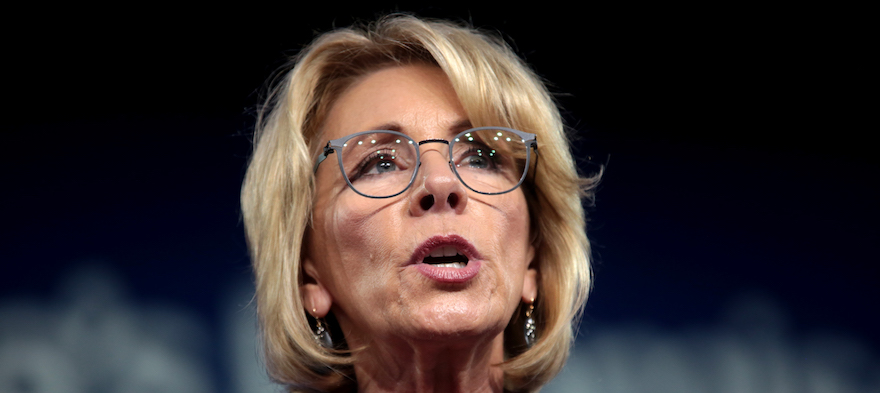
Mar 28, 2019 12:00:00 AM
Students may be better served by being in larger classes, if by hiring fewer teachers, a district or state can better compensate those who have demonstrated high ability and outstanding results.If you’re like me, you probably needed to read that statement twice to make sure you were reading it correctly. But after that second reading, let me confirm that you read correctly—a U.S. Secretary of Education suggested to Congress that our education system could benefit from having fewer teachers in our classrooms.
Patrick Kelly teaches AP U.S. Government and Politics in Richland School District 2 in South Carolina, while also working as the Director of Governmental Affairs for the Palmetto State Teachers Association. He was a finalist for South Carolina Teacher of the Year in 2014 and served as a teaching ambassador fellow for the U.S. Department of Education from 2015-2017. Patrick is a National Board Certified Teacher.
Few issues in education spark more tension and debate than standardized testing. Are they a tool for equity or a burden on students? A necessary check on school systems or a flawed measure of...
Charter schools are public schools with a purpose. Operating independently from traditional school districts, they're tuition-free, open to all students, and publicly funded—but with more flexibility...
Despite the benefits of a diverse teaching force, prospective teachers of color fall out of our leaky preparation pipeline at every stage: preparation, hiring, induction, and retention. Here’s what...
Ed Post is the flagship website platform of brightbeam, a 501(c3) network of education activists and influencers demanding a better education and a brighter future for every child.
© 2020-2025 brightbeam. All rights reserved.
Leave a Comment